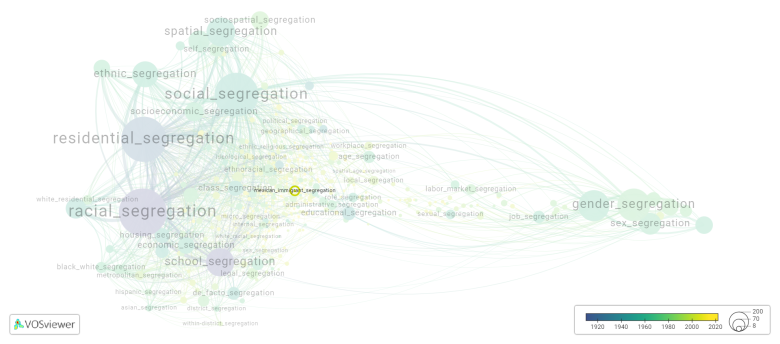Mexican immigrant segregation
Date and country of first publication[1]
2014
United States
Definition
Mexican immigrant segregation refers to the social or spatial separation and discrimination of Mexican immigrants in a particular community or society. This segregation can manifest in various forms, such as residential segregation, where Mexican immigrants are confined to specific neighborhoods or housing projects; occupational segregation, where they are limited to certain types of low-paying or unskilled jobs; or social segregation, where they may be excluded or marginalized from mainstream social and cultural activities.
Segregation of Mexican immigrants can also be seen in schools, where they may be concentrated in underfunded or lower-performing schools with limited resources and opportunities for academic success. This can lead to inequalities in educational outcomes and perpetuate cycles of poverty and social exclusion.
Overall, Mexican immigrant segregation has negative impacts on the well-being and integration of these individuals in society, as it can lead to feelings of isolation, discrimination, and limited opportunities for social and economic advancement. Efforts to address and dismantle these forms of segregation are crucial in promoting equality and inclusion for all members of society.
See also
Related segregation forms
Mexican immigrant segregation is frequently discussed in the literature with the following segregation forms:
residential segregation, mexican black segregation

This visualization is based on the study The Multidisciplinary Landscape of Segregation Research.
For the complete network of interrelated segregation forms, please refer to:
References
Notes
- ↑ Date and country of first publication as informed by the Scopus database (December 2023).
Mexican immigrant segregation appears in the following literature
Hall M., Stringfield J. (2014). Undocumented migration and the residential segregation of Mexicans in new destinations. Social Science Research, 47(), 61-78. Academic Press Inc..https://doi.org/10.1016/j.ssresearch.2014.03.009
